 Nairobi, Kenya: Feb. 21st: Arriving in Nairobi some weeks after the post election violence one is aware of normality slowly returning to that city. What strikes one is that it is the poor areas, the slums that have been most affected. As I walked through Mathare, Huruma, Korogocho, and Kariobangi, there was plenty of evidence of the violence which occurred, houses and churches had been burned, homes and stalls abandoned from where people of different tribes had either been evicted or had fled in fear.
Nairobi, Kenya: Feb. 21st: Arriving in Nairobi some weeks after the post election violence one is aware of normality slowly returning to that city. What strikes one is that it is the poor areas, the slums that have been most affected. As I walked through Mathare, Huruma, Korogocho, and Kariobangi, there was plenty of evidence of the violence which occurred, houses and churches had been burned, homes and stalls abandoned from where people of different tribes had either been evicted or had fled in fear.There were also long queues of women and children outside stations where food was been handed out. In talking with some of the people they shared feelings of anger, fear, hopelessness and shame for what had happened. Now that the violence has calmed down people were asking, how could these things have happened? Why did neighbour turn against neighbour? What ignited such destruction? In one of the camps which I visited with the local Chief, people sat around still bewildered at what had happened. Some of these people had lost all their property and source of income, others worried about missing family members. In one of the tents I came across a mother who had given birth to triplets on the night the violence started. The babies were the centre of attention as they smiled and gurgled, but the comments of others were, "why should these lovely innocent babies be born into such a violent world". An elderly man wondered, "is this the Kenya I fought for during the war of independence and worked so hard to build up Kenya". In one of the areas where Sr Lydia and her team had gathered displaced children I looked at the drawings these children had done of their experience of the post election days. A sense of dismay and sadness came over me when I saw what these children had drawn, homes and churches on fire, people waving sticks and pangas, people lying dead on the streets, some beheaded, other injured.. One could not but help wonder the impact of such violence had on these vulnerable children.
But what impressed me most were the good stories and the presence of so many good Samaritans. Somehow the response to the evil had also evoked great good, but these are the stories that rarely make the headlines. For example - the Kikuyu woman who when she saw Kikuyu youth threatening to kill a Luo man, threw her arms around him and started crying and pleading to save her husband, and succeeded in saving the stranger’s life; - or the Luo woman who hid five Kikuyu children in her home; - or the Christians who hid their priests who were of a different tribe. In the camps and affected areas one meets volunteers both local and international, missionaries and Non Government Organizations who are assisting those affected with food, blankets, clothing and tents, as well as assisting others to get back home or to repair their homes. Some of this has been possible due to grants that have been received from IMRS/Irish Aid. At present the mediation meetings with Kofi Annan continue. People are anxiously awaiting the outcome. What is very evident is that the ordinary person on the street wants a peaceful solution. They want to get on with their lives. We continue to pray that the Leaders who sit in comfortable hotels, whose families have not experienced the violence and destruction, will come together to work for the good of the people of Kenya and united will address some of the underlying causes for the unrest and discontent. To- morrow I move on to Nakuru.
Sr. Miriam. From Nairobi
+++++++++++++++++++++++++++++++++++++++++++++++++++
Disclaimer
No responsibility or liability shall attach itself to either myself or to the blogspot ‘Mozlink’ for any or all of the articles/images placed here. The placing of an article does not necessarily imply that I agree or accept the contents of the article as being necessarily factual in theology, dogma or otherwise.
Mozlink


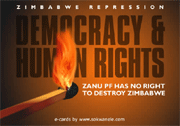
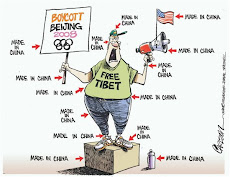













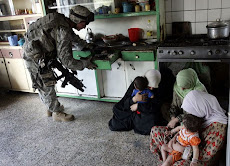







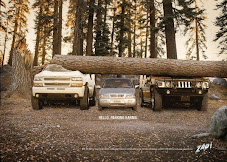



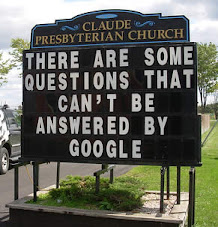











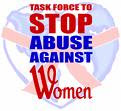










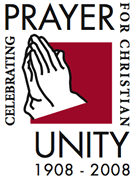
No comments:
Post a Comment